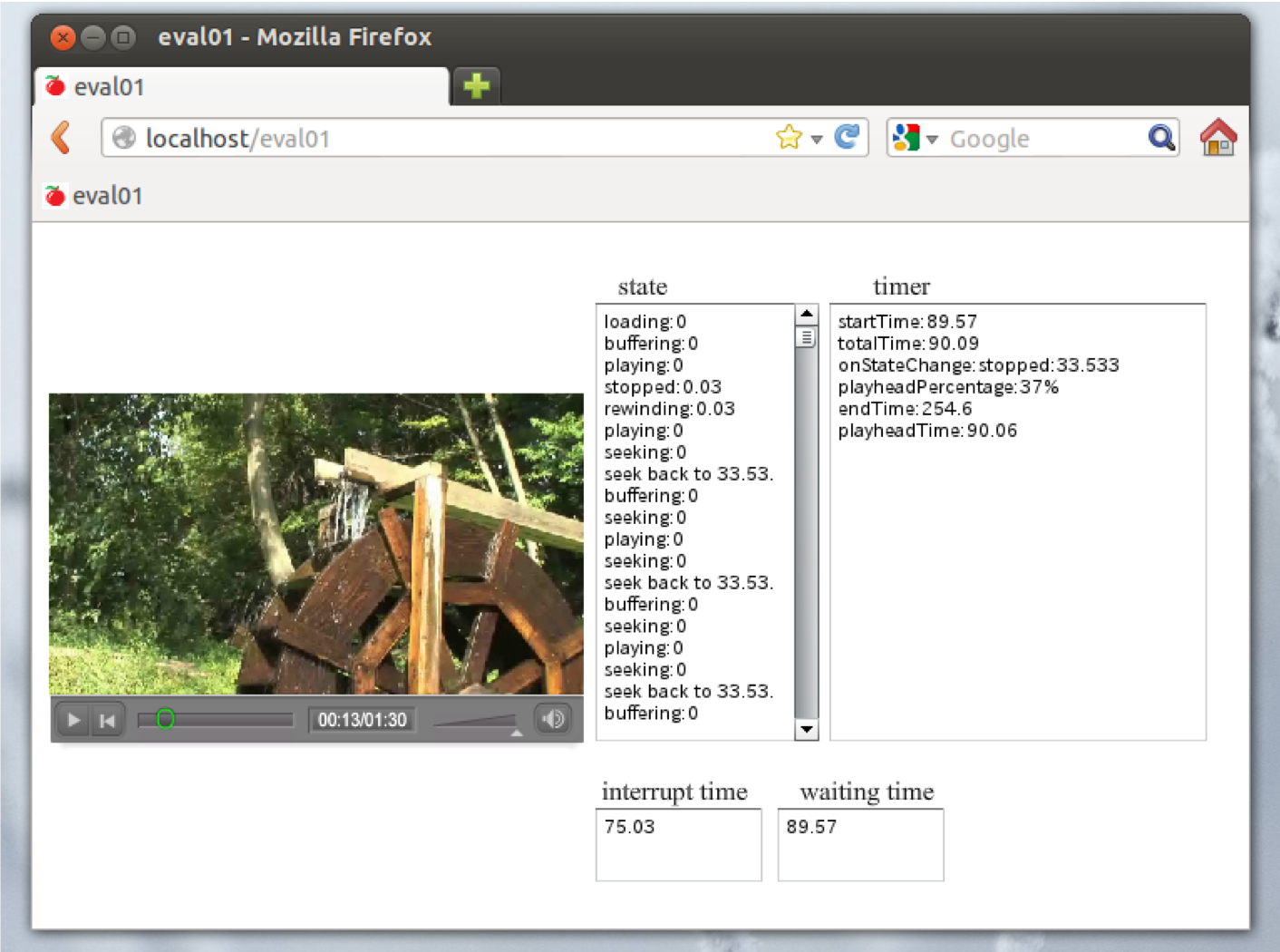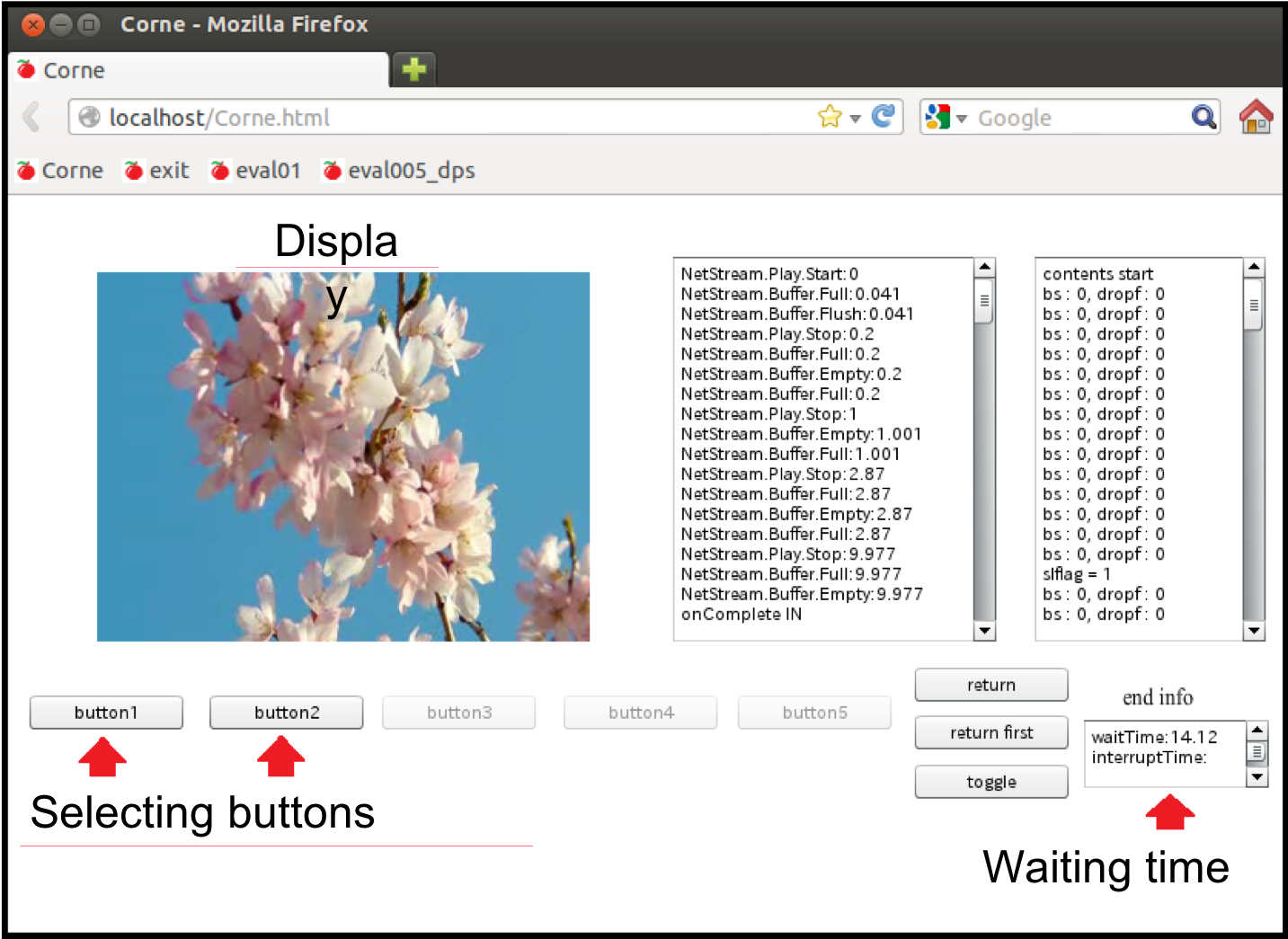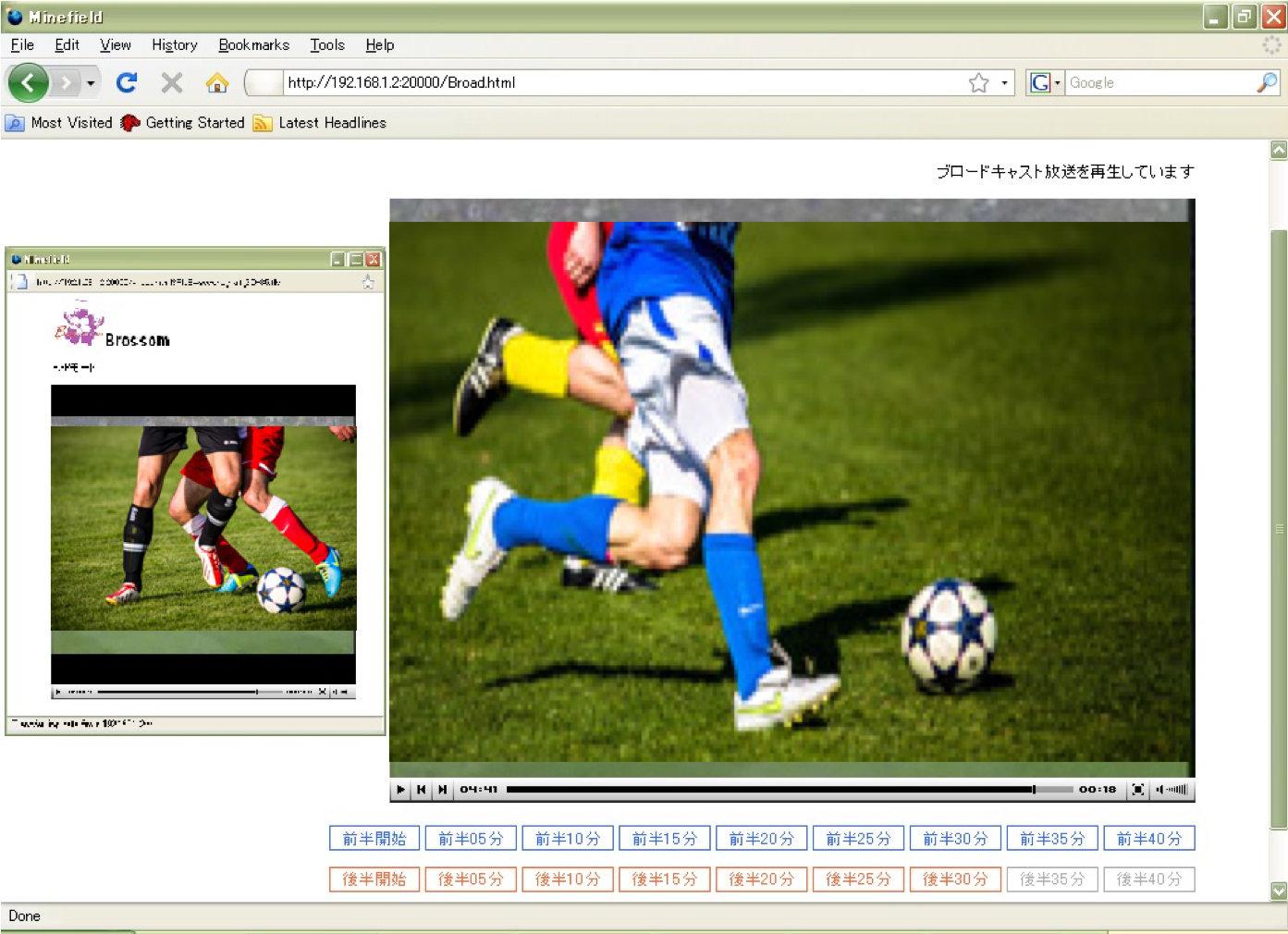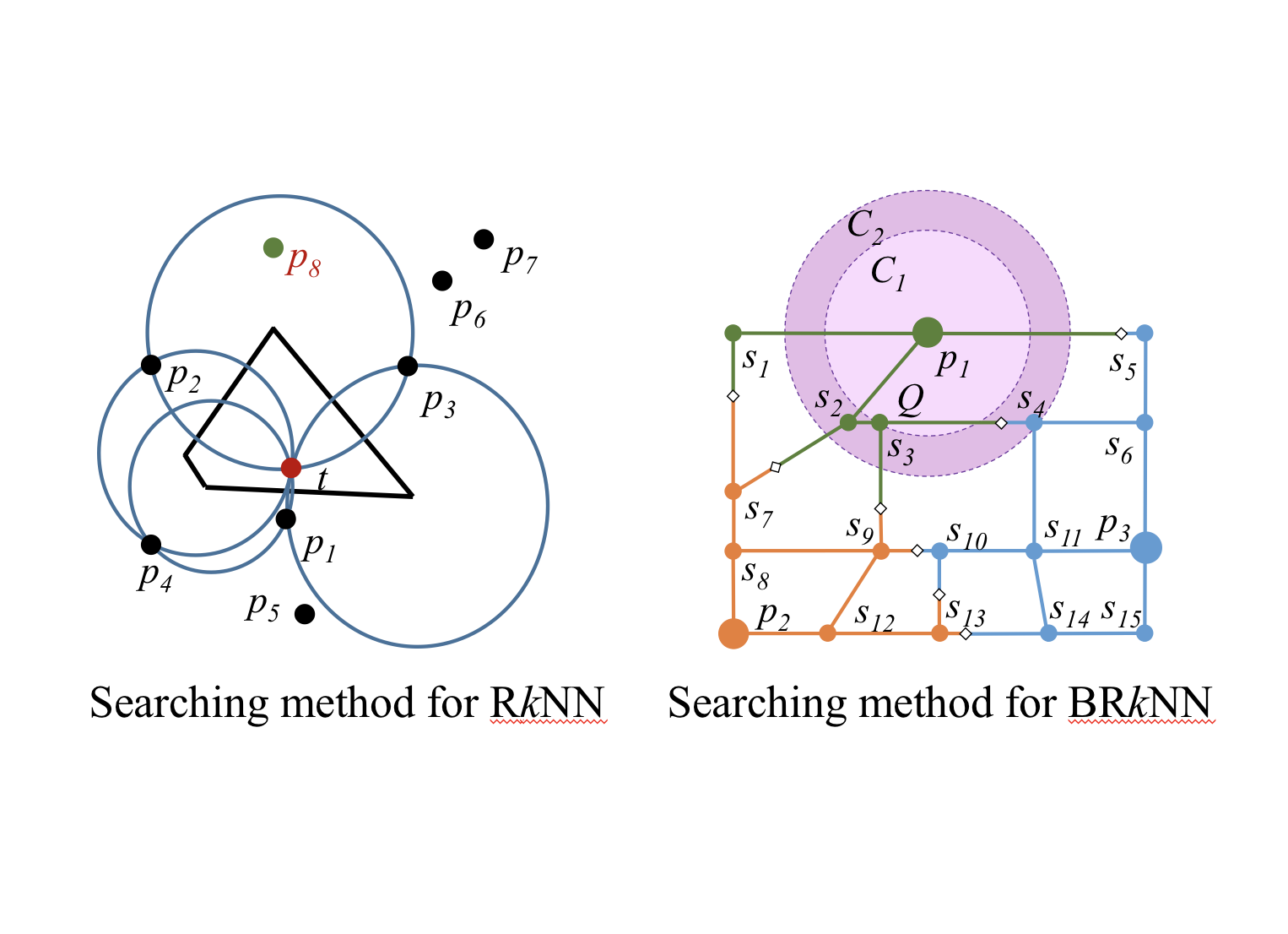Research Topics
 |
Division-based Broadcasting In general broadcasting systems, although the server can broadcast the same movie data to many clients repetitively, users have to wait until they finish receiving data and play it. We propose scheduling methods to reduce waiting time. Also, we design and implement the division-based broadcasting system of movie data called ``TeleCaS''. |
 |
Selective Contents Broadcasting Selective contents, i.e., watching contents selected by users themselves, have attracted great attention. In a news program, after a user selects an interesting content, he/she watches it. In selective contents broadcasting, since the server needs to deliver many contents, users may wait to play the data. We propose scheduling methods to reduce waiting time. Also, we design and implement the broadcasting system of selective contents called ``Corne''. |
 |
Hybrid Broadcasting Due to the recent popularization of grid environments, streaming delivery using broadcast and telecommunication methods is attracting great attention. In hybrid webcast environments, the server constructs a hybrid delivery that delivers data to clients using both broadcasting and telecommunication channels. We propose delivery methods to reduce waiting time., Also, we design and implement the delivery system for hybrid broadcasting called ``Brossom''. |
 |
Information Search in Spatial Computing Due to the continued popularization of Geographic Information System (GIS), spatial network environments that can display the changes of spatial axes in mobile phones are receiving great attention (ex. Searching gas stations, restaurants, etc.). We propose and evaluate searching methods for k-Nearest Neighbor (kNN), Reverse k-Nearest Neighbor (RkNN), and Bichromatic-RkNN (BRkNN). |